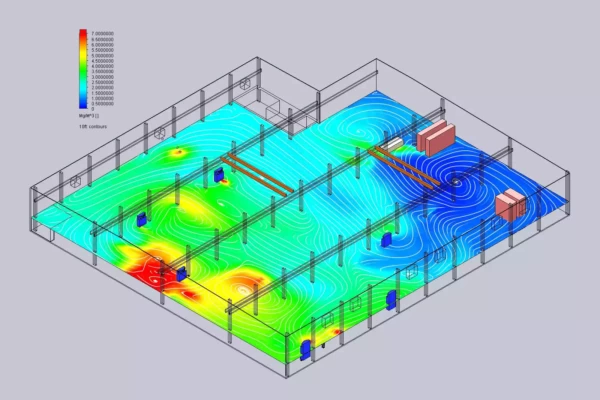 EXPOSURE RISKS FOR GRAPHITE DUST
EXPOSURE RISKS FOR GRAPHITE DUST
Excessive exposure to graphite presents serious dangers to the respiratory system. Well-documented health effects include lung fibrosis and pneumoconiosis, an occupational lung disease. The cardiovascular system can be affected, as well, with workers suffering from possible decreased pulmonary function.
Researchers are still studying the health effects of the nanotube-based synthetic graphite. Early studies point to symptoms and health effects being similar to natural graphite.
Unfortunately, graphite dust is also combustible. Dust explosions can kill or injure workers and destroy property. Preventing the accumulation of dust in a facility and making sure the air is clean is crucial for avoiding these events. In addition to general housekeeping measures, employers should also do a Process Hazard Analysis (PHA) and comply with all National Fire Protection Association (NFPA) requirements for housekeeping and when installing new systems to mitigate dust hazards.
 REGULATIONS FOR GRAPHITE DUST
REGULATIONS FOR GRAPHITE DUST
Whether your graphite is going into a cutting-edge battery or into a pencil, the substance is regulated in the same way. The Occupational Safety and Health Administration (OSHA) has published standards for both natural and synthetic graphite. These regulations are expressed as permissible exposure limits (PELs). OSHA’s PEL for natural graphite, respirable fraction, is 15 mppcf (1.5 mg/m3). OSHA’s most recent standard for synthetic graphite is for total dust and stands at 15 mg/m3.
An exposure limit of 1.5 mg/m3 is rather rigorous, given it’s for a substance that often ends up in a chewed pencil. As a comparison, the PEL for respirable nickel is 1.0 mg/m3. The key fact is the danger of the respirable substance, and this is why controlling graphite dust is so important. Doing so will not only protect workers but will keep your facility in compliance.
MORE DUST TYPES
SOLUTIONS FOR GRAPHITE DUST
RoboVent understands manufacturing and the many variables that affect air quality. Our engineers have almost three decades of experience designing and implementing dust control solutions for facilities of every scale. Graphite dust is most often an ambient air challenge, and RoboVent produces a range of facility-wide solutions. For example, dust collectors in the Senturion Series filter the air and return it to the facility, negating the need for additional heating or cooling of new air. If needed, multiple collectors can be arranged in a Grid Configuration, which delivers added efficiencies.
To combat combustible dust, RoboVent has to take extra measures. For example, explosion vents, isolation valves, rotary air-locks, and heavy gauge ducting all are extra protective devices that may need to be added to the system to comply with industry regulations for combustible dust applications.
RoboVent designs and manufactures its dust collectors to the most exacting standards. This is why we stand by our equipment with the best warranty in the business.
Graphite Dust Collection System Collectors
Clean Air Technology Services
CONTACT US
Contact one of our industrial dust experts to gain the advantage against dust-generating processes and applications.








